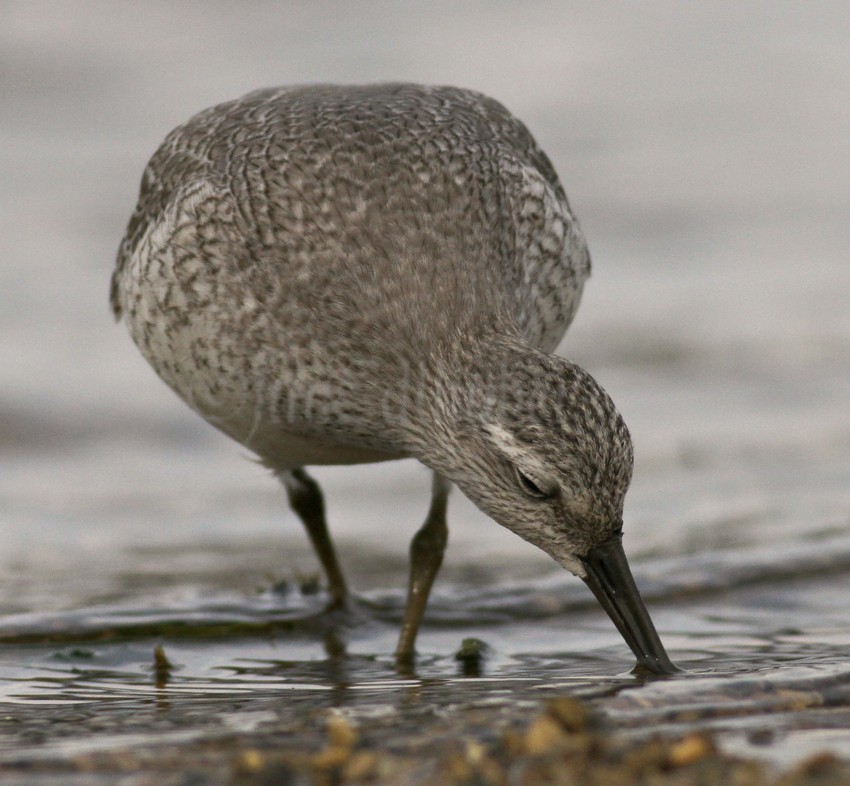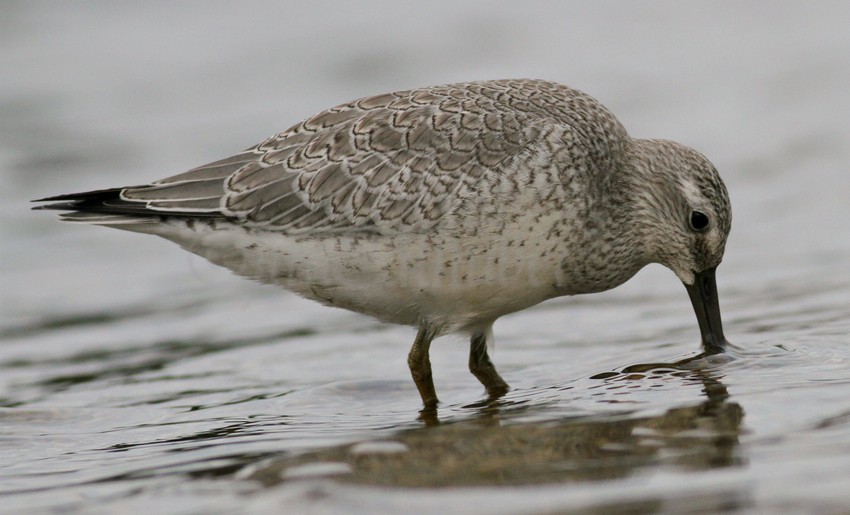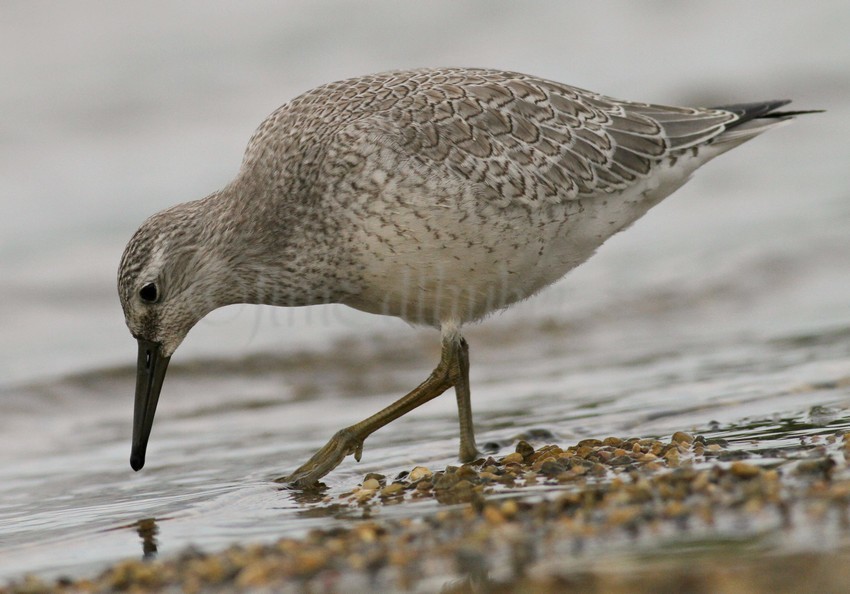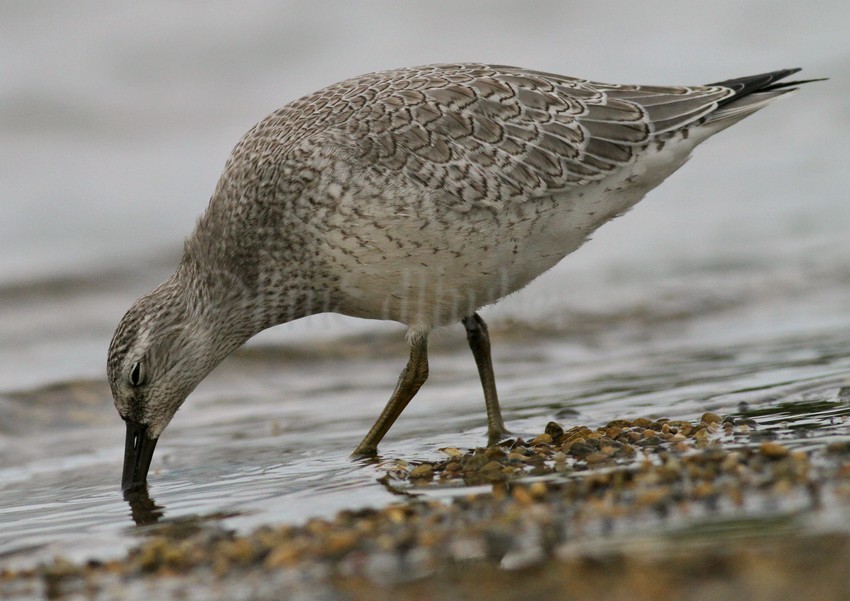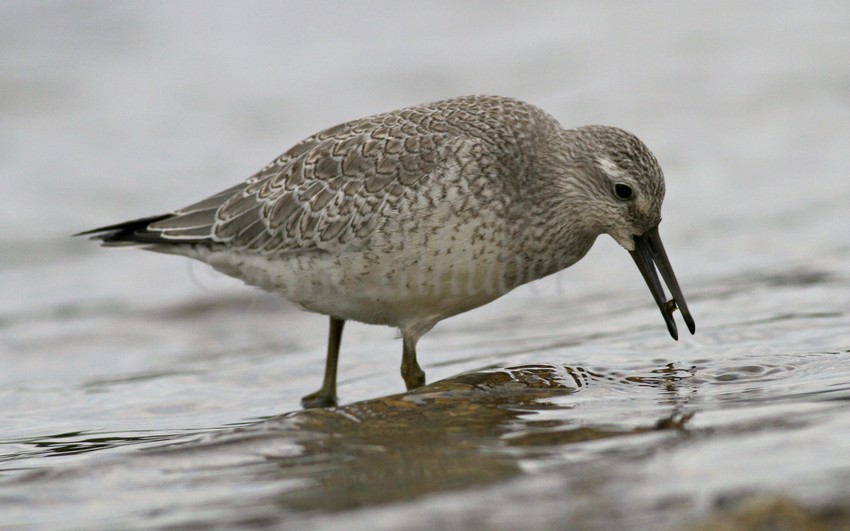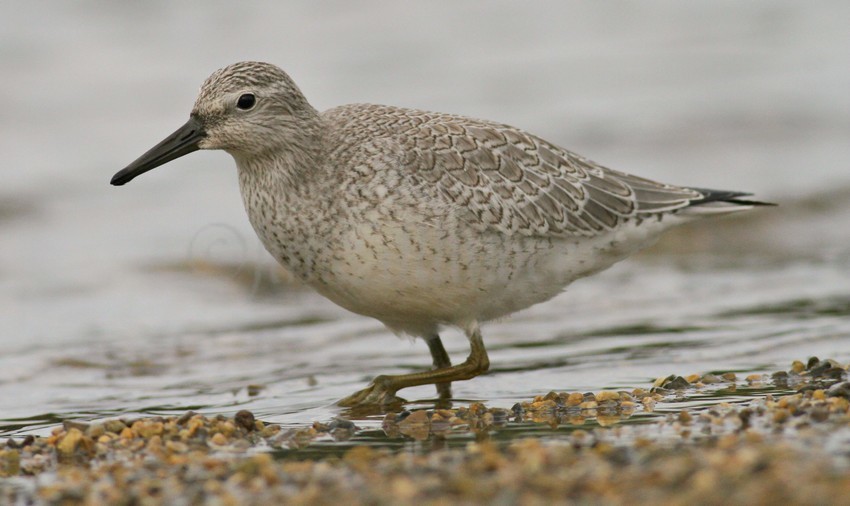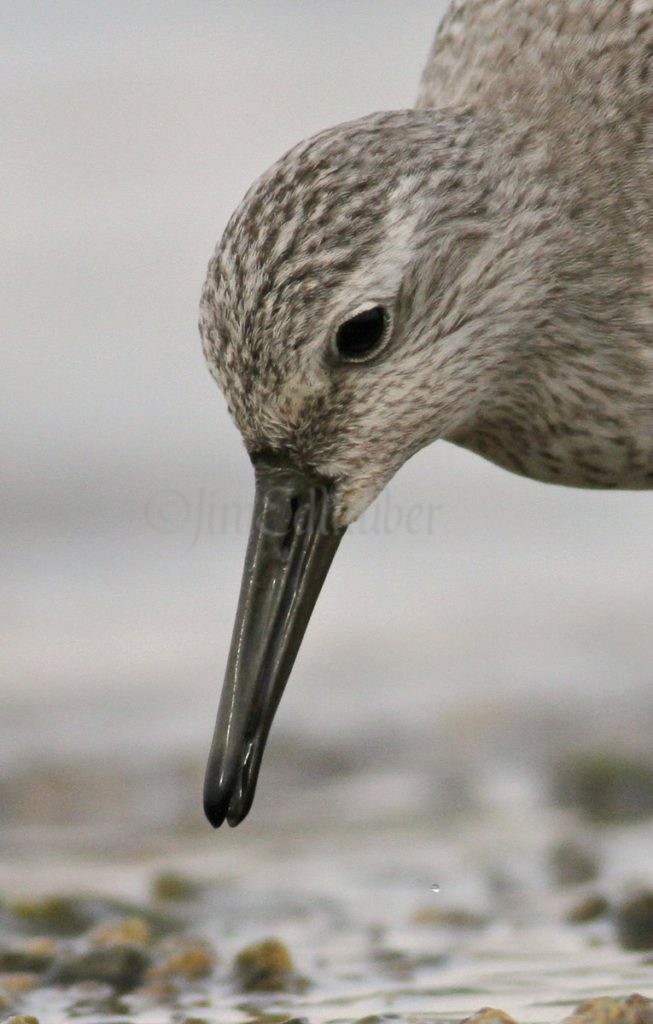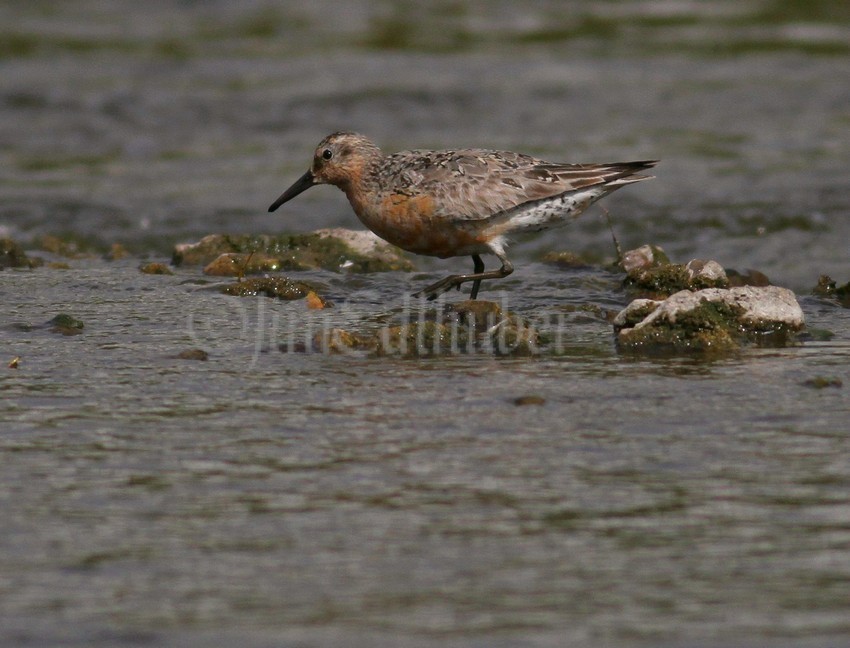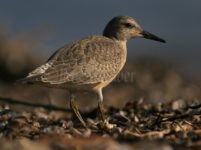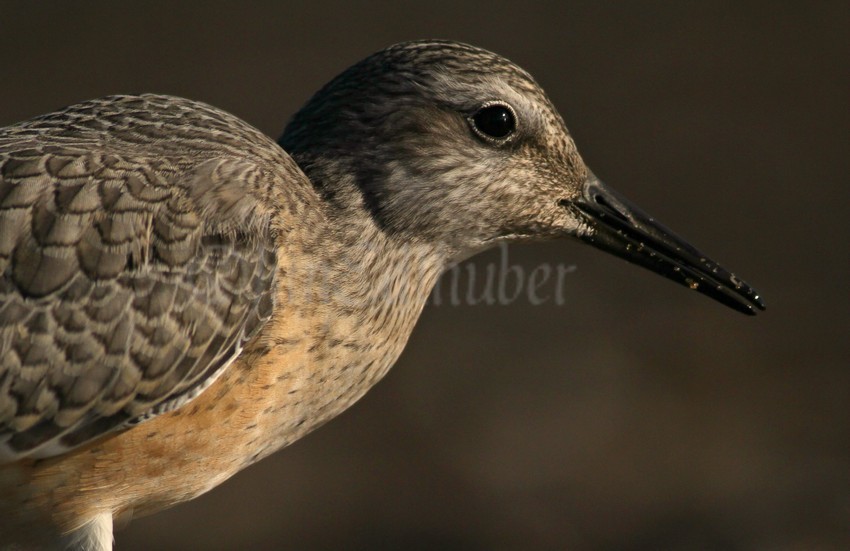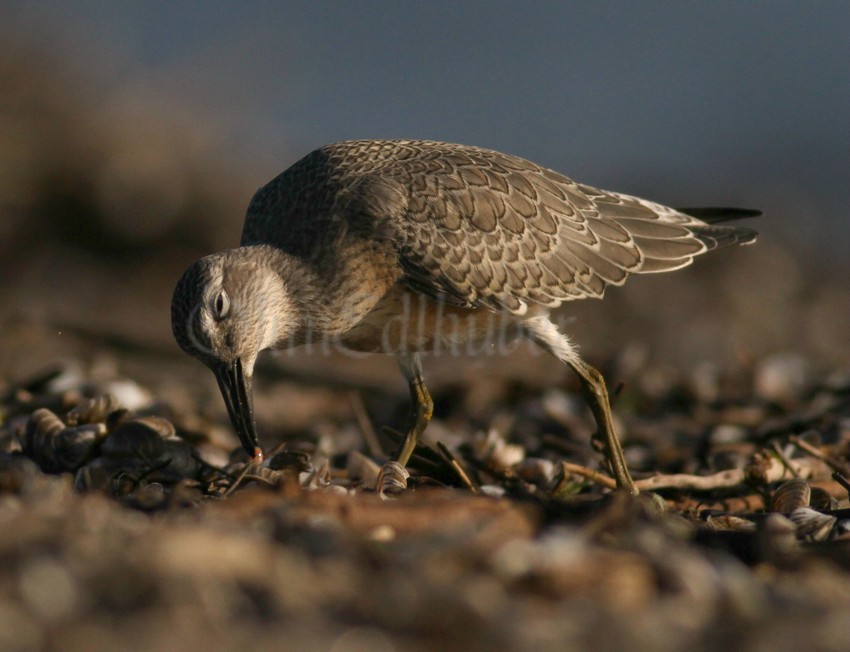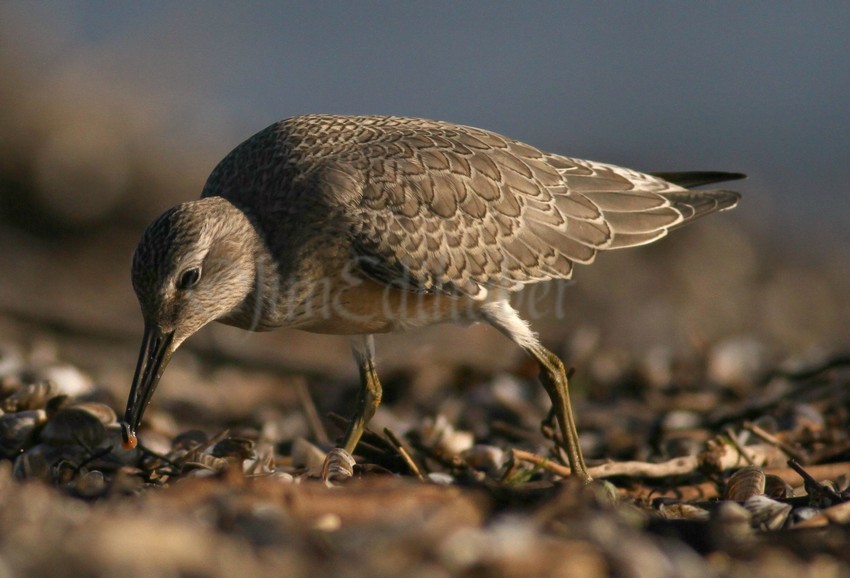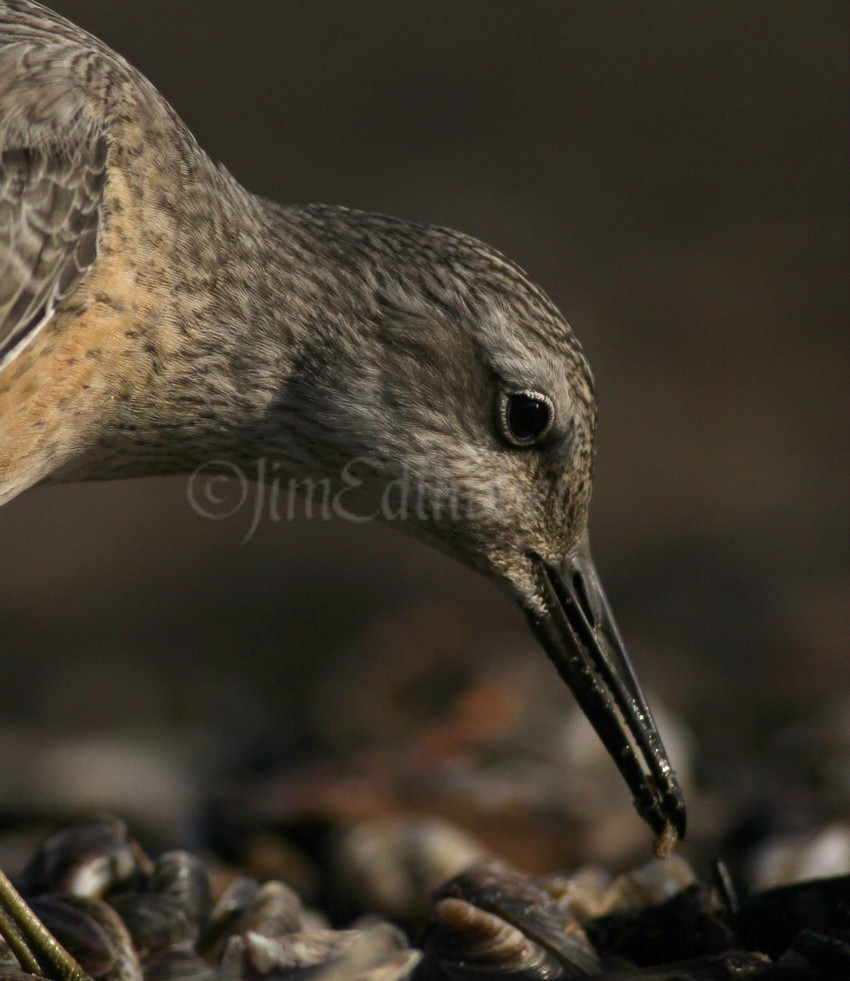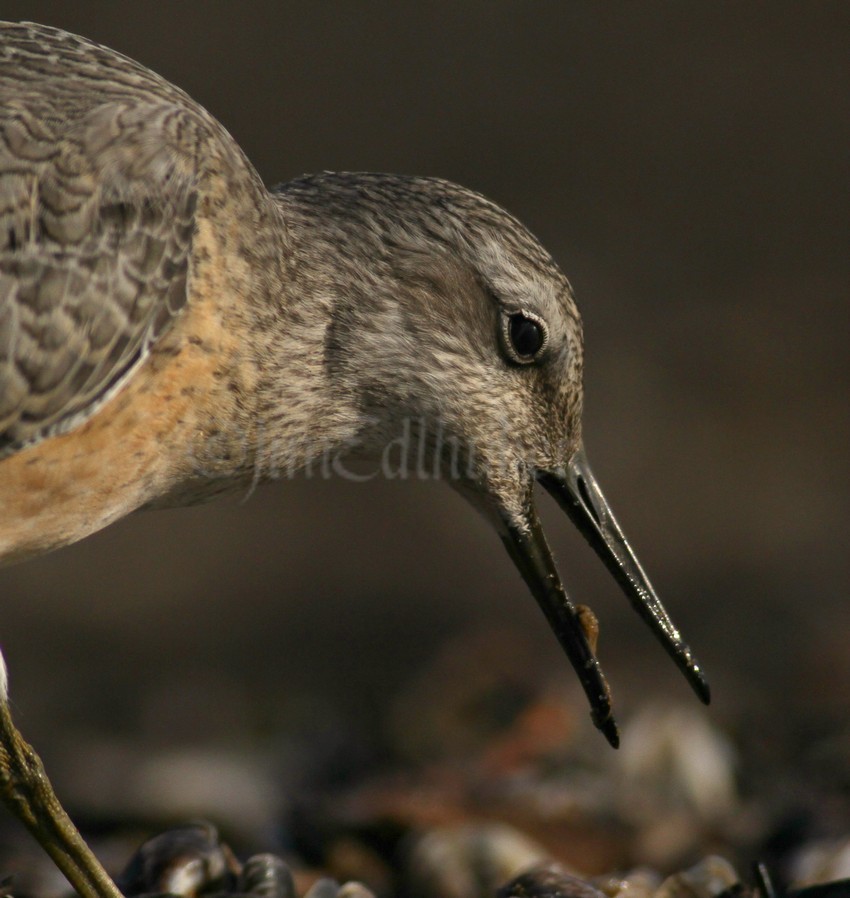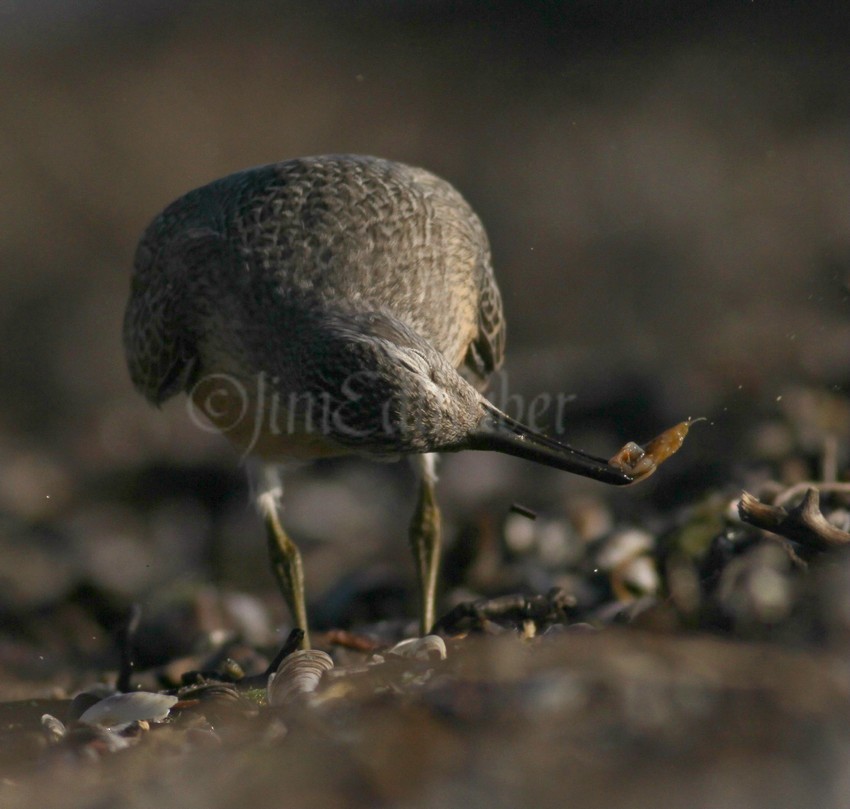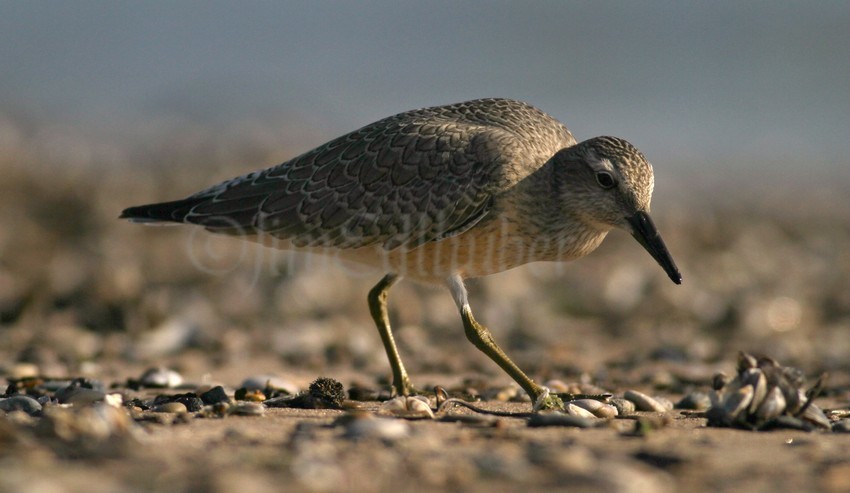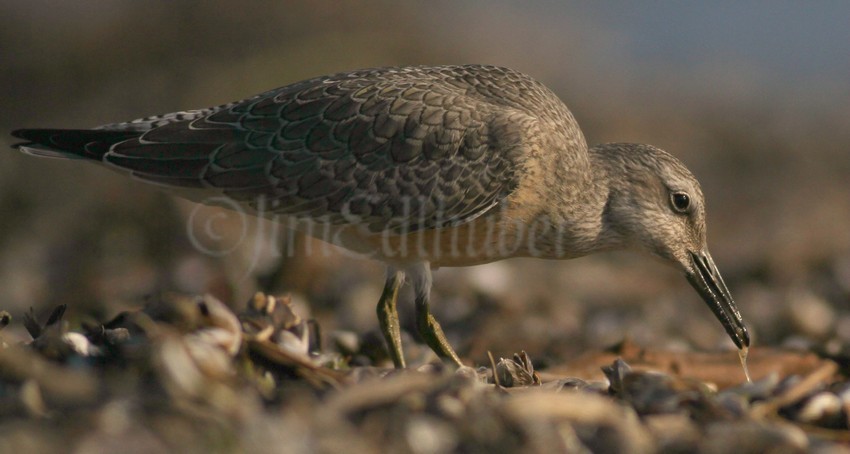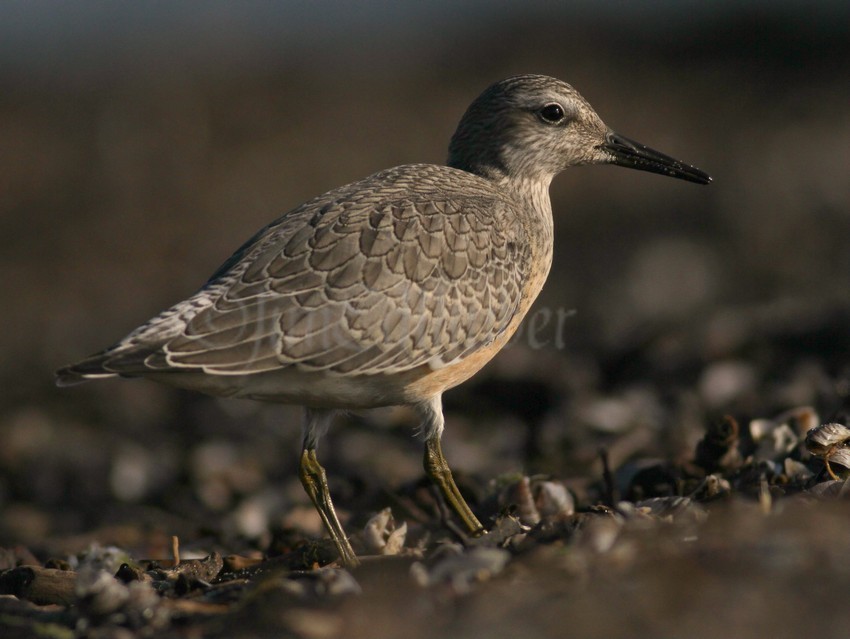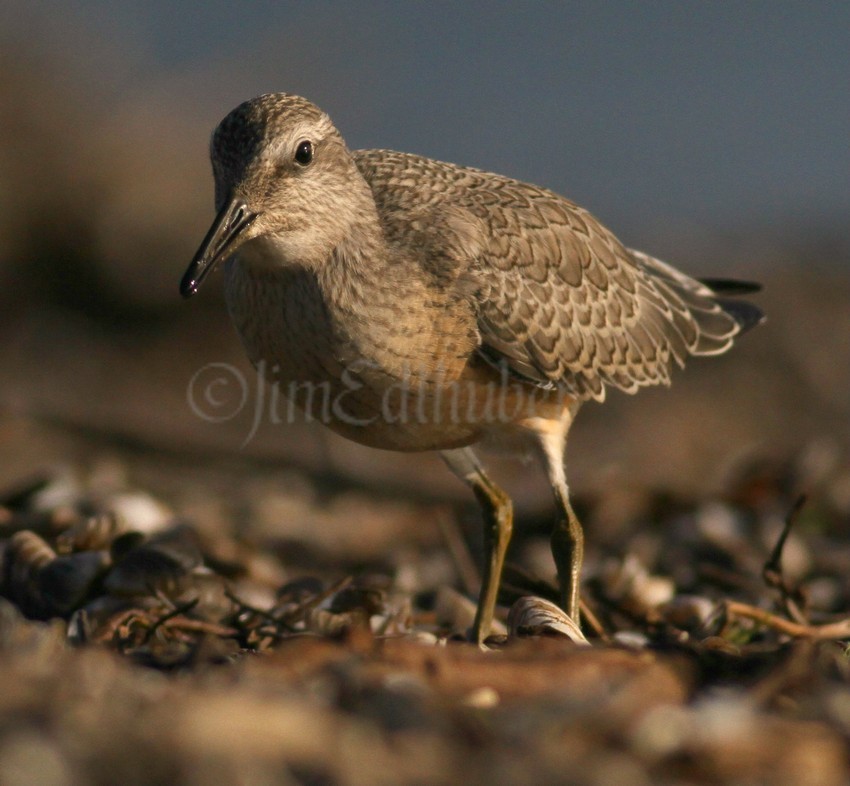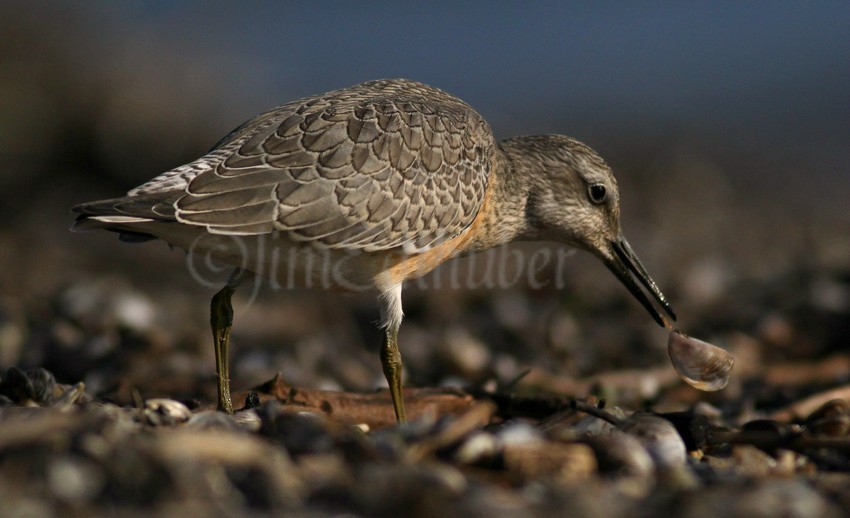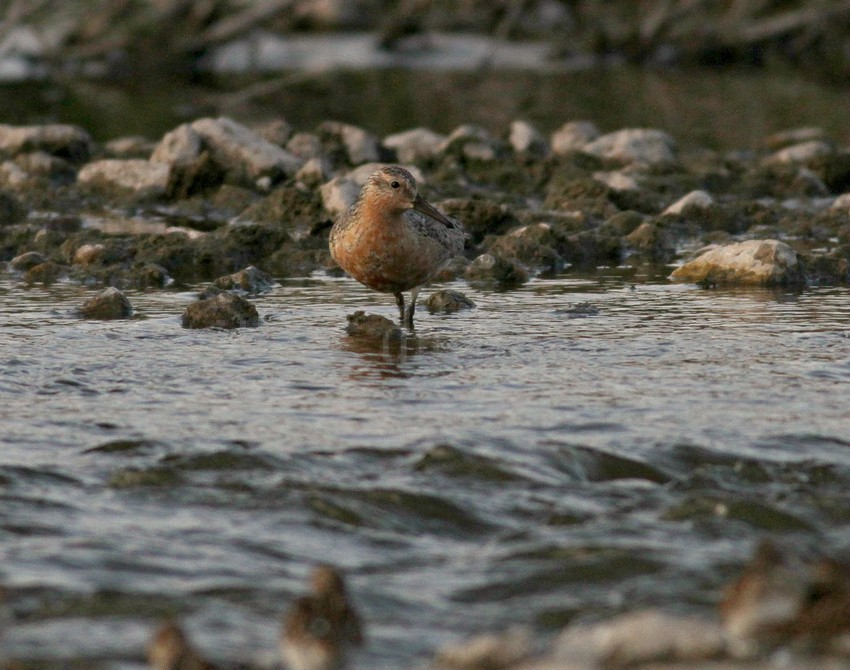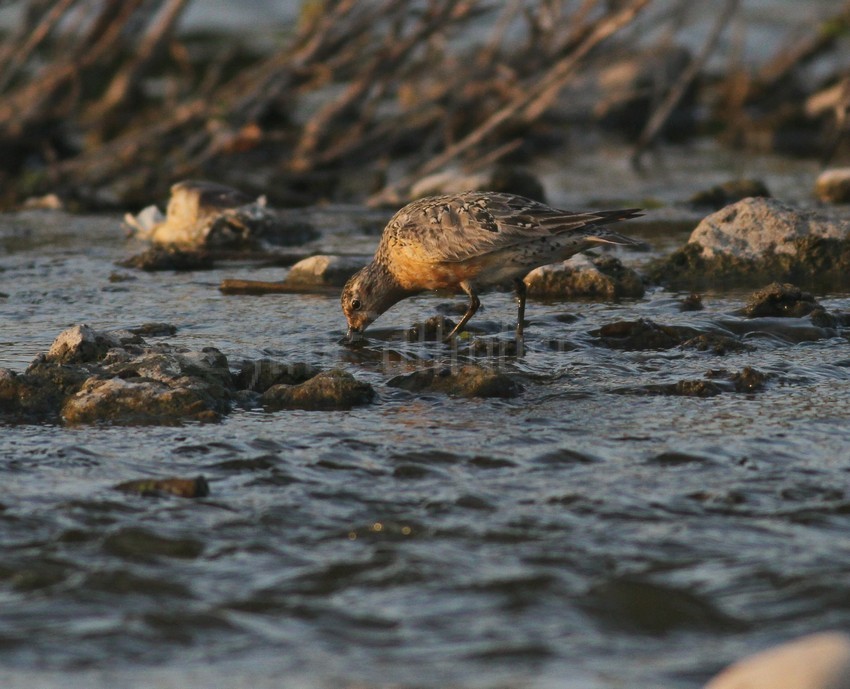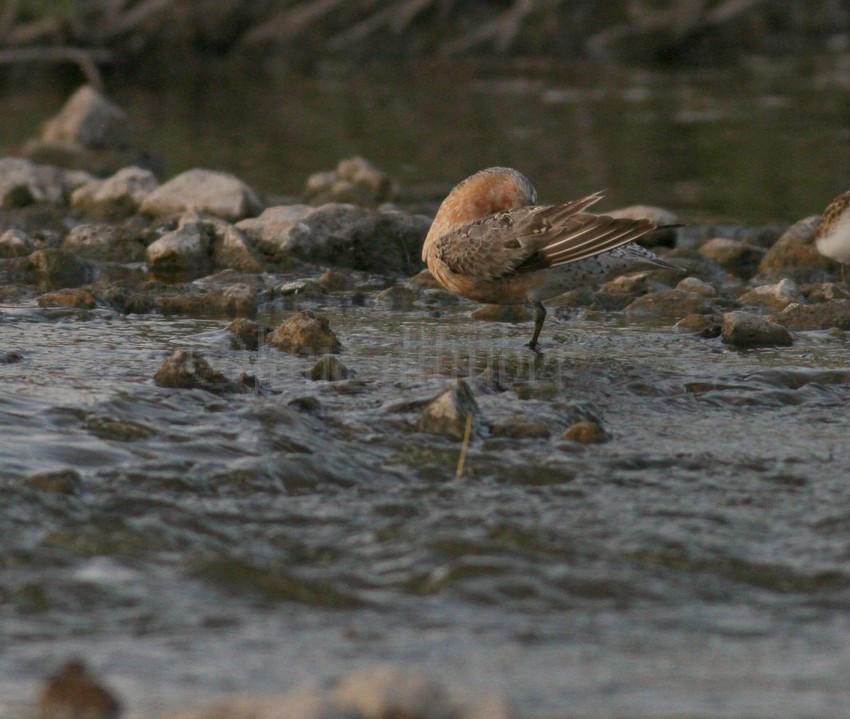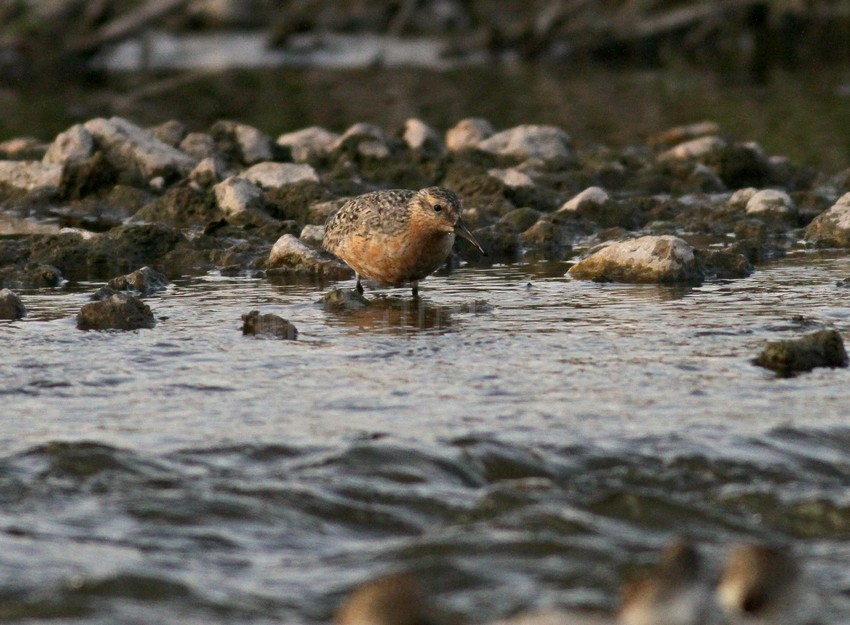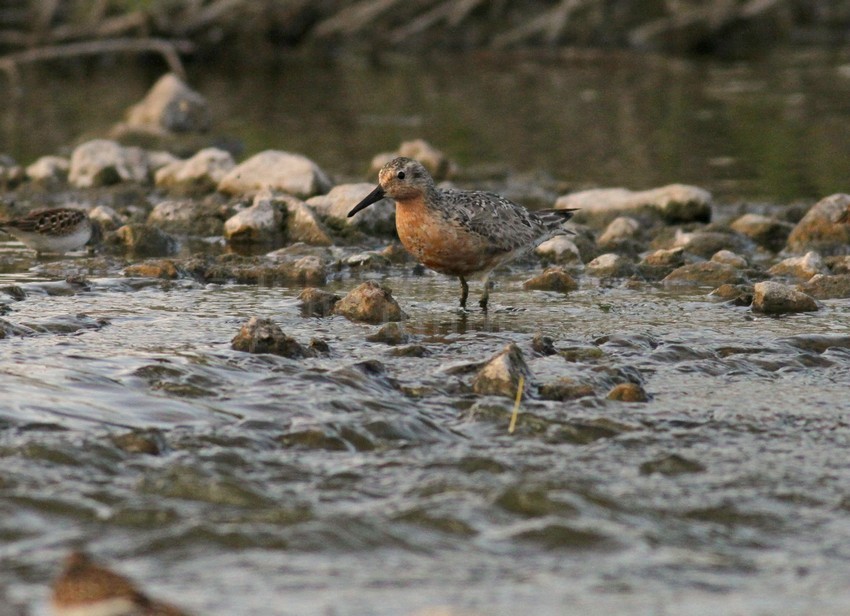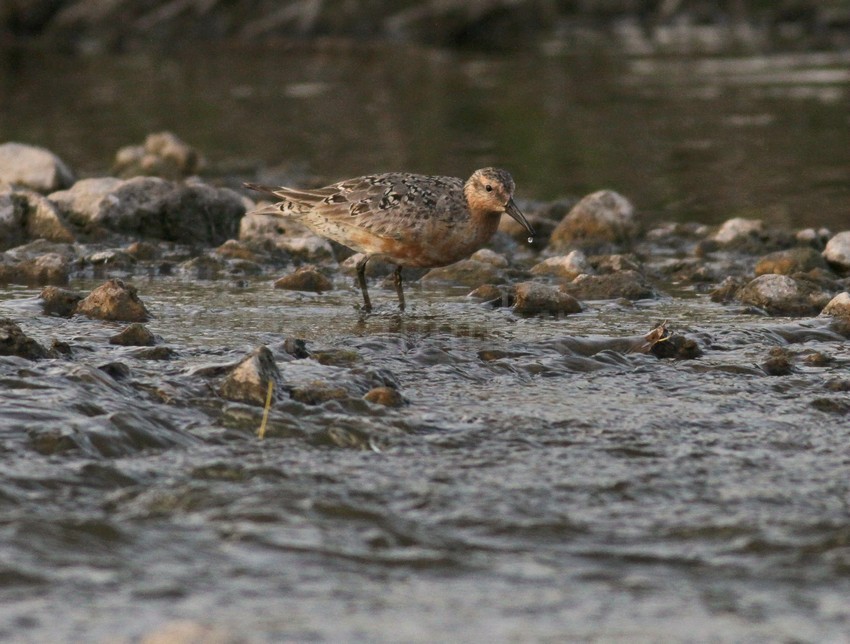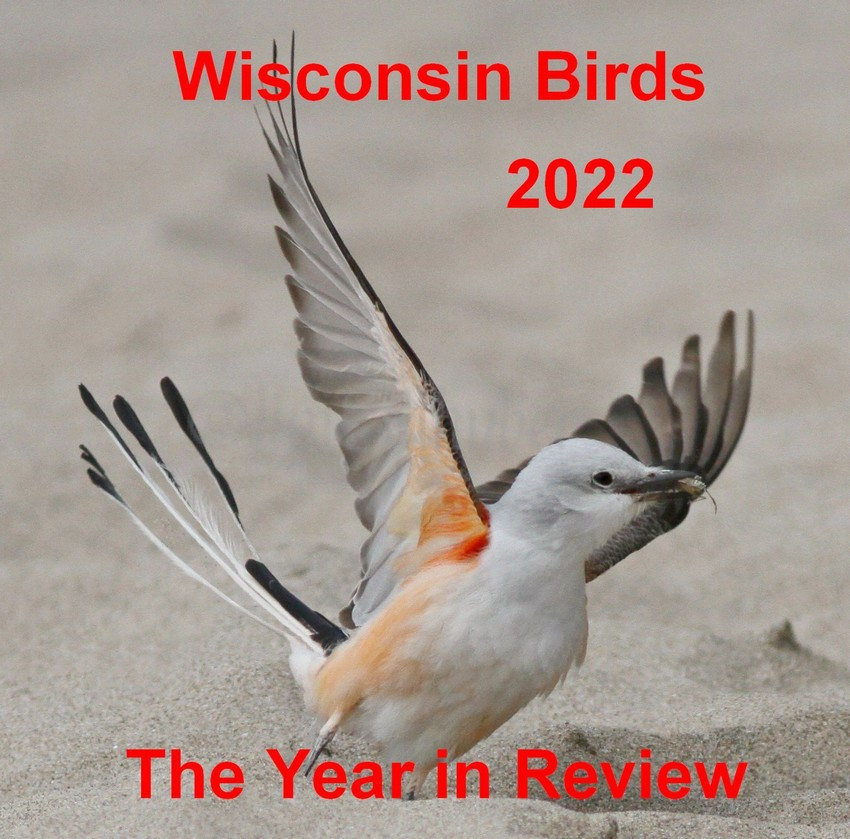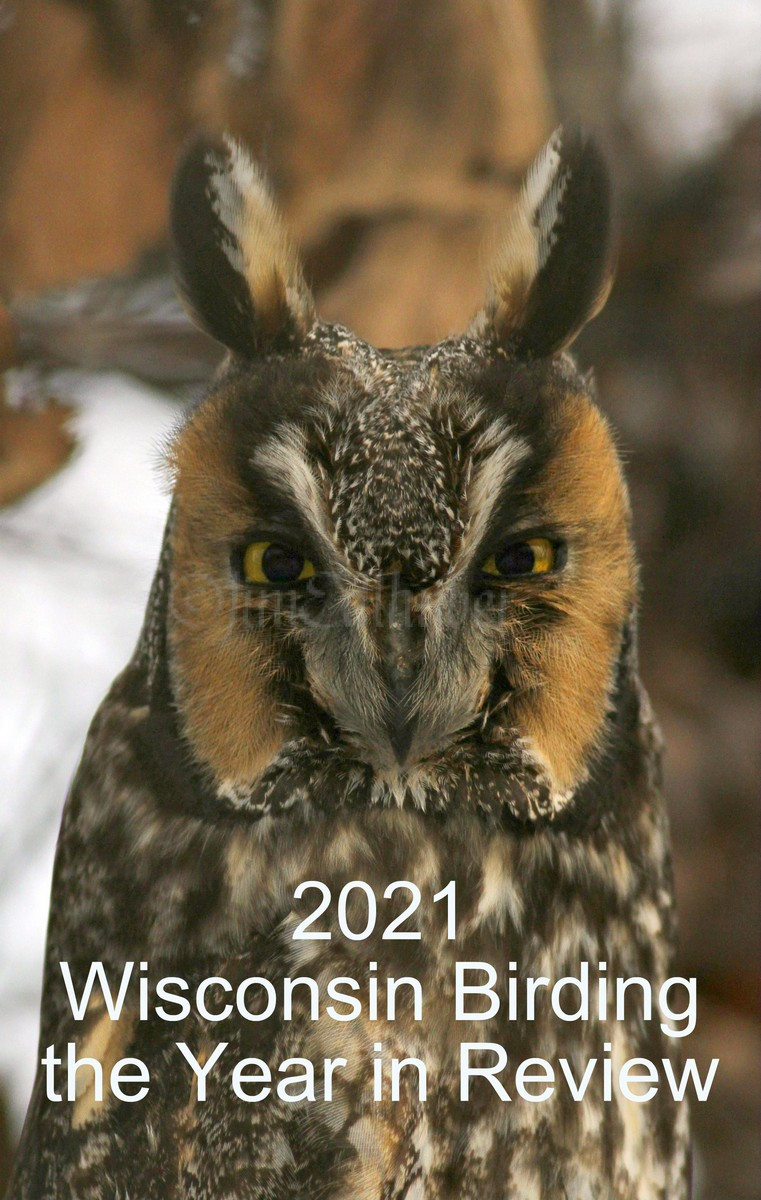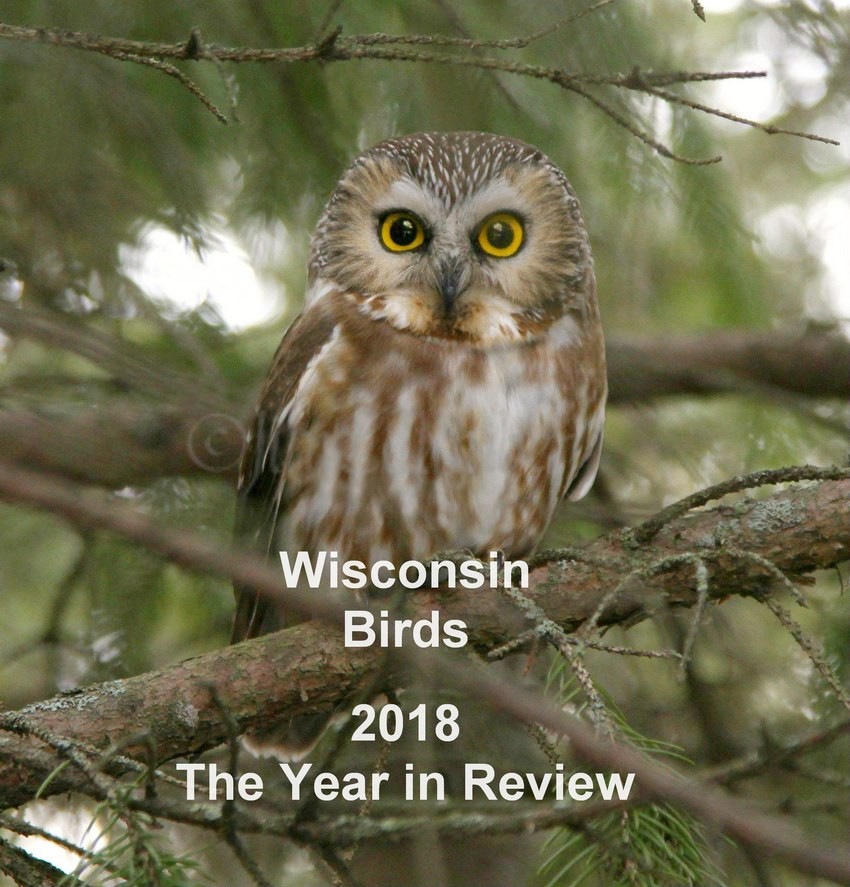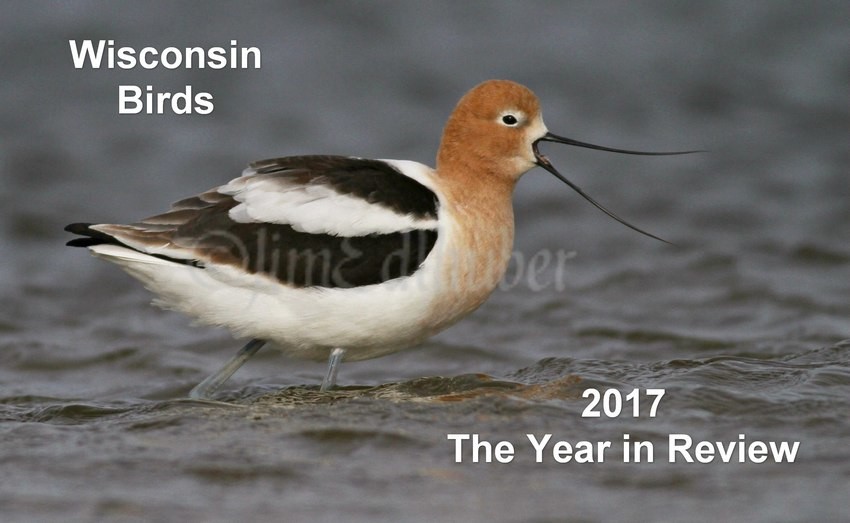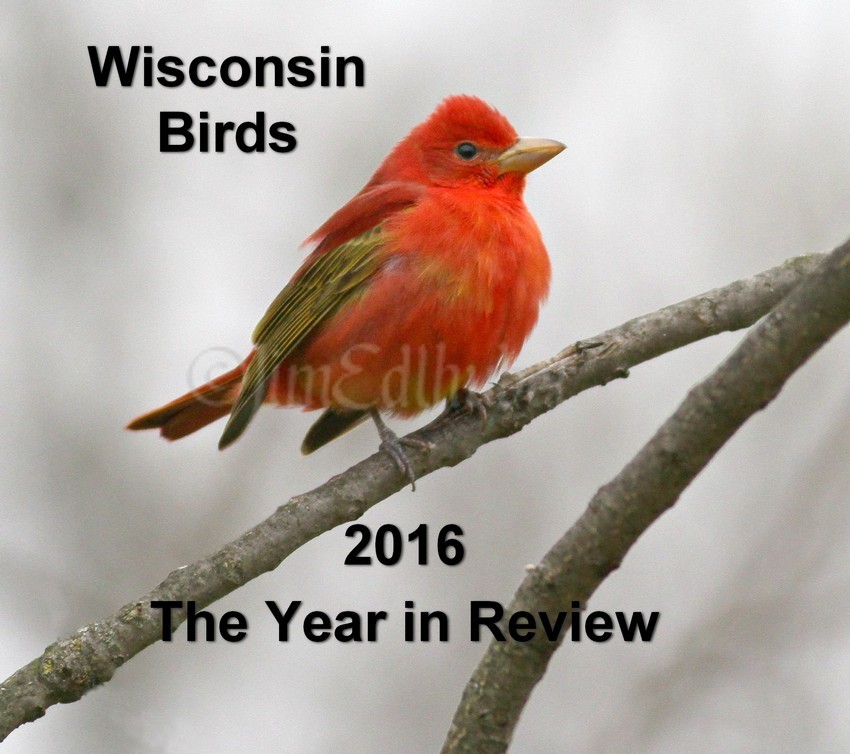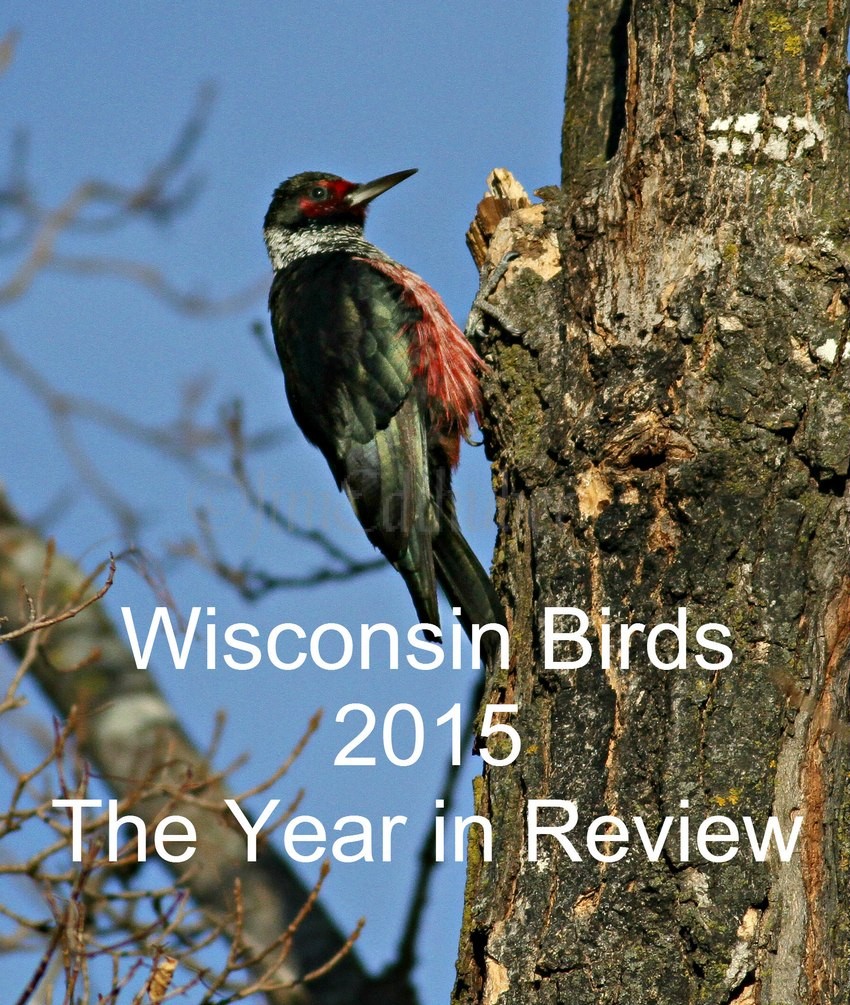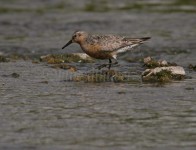
This rare visitor to the state, the Red Knot was eating well when I left the river last night just before dark. I decided to make another run up there to Hustisford early morning to get a couple more images in day light. I did not see it when I arrived but Dave S. found it as he arrived a few minutes after I and he had his scope. This bird blends in very well with the habitat there. In fact a few times during my visit along with a couple other birders we lost sight of it and it was right in front of us but behind some thin vegetation. Like yesterday, this bird actively feed the whole time I was there other than it preened once. Nice to see this rare bird once more. Images were taken in Hustisford Wisconsin on the Rock River in Dodge Co. August 16, 2014.

Red Knot
Binomial name: Calidris canutus
Category: Sandpipers, Phalaropes, and Allies
Size: 10.5” long, 23” wing span
Weight: 4.7 Oz.
Habitat: Breeding habitat in tundra areas that are drier and hillsides with sparse vegetation. Outside of breeding habitat they are found near coastal inlets, large tidal mudflats, rocky shores and beaches, bays and estuaries.
Diet: Breeding season it eats sedge seeds and shoots from horsetail and grasses. In snow free areas it will include some invertebrates in their diet. They eat marine worms, grasshoppers, horseshoe crab eggs and other invertebrates in their winter range.
Nesting: Their nest is a depression on the ground lined with lichens, grasses and leaves. It is cup shaped and constructed by the male. 3 to 5 of these are male prior to the arrival of the female, she lays 3-4 eggs and they are incubated around 22 days by both parents. Chicks are hatched in downy cryptic feathers. With a day or so the chicks leave the nest and area and they begin foraging with both adults.
Cool facts: One of the most colorful peeps and the largest in North America. There was a time when the Red Knot was the most numerous shorebird in North America. It migration can be one of the longest being up to 10,000 miles one way. The young chicks make their first long journey on their own.
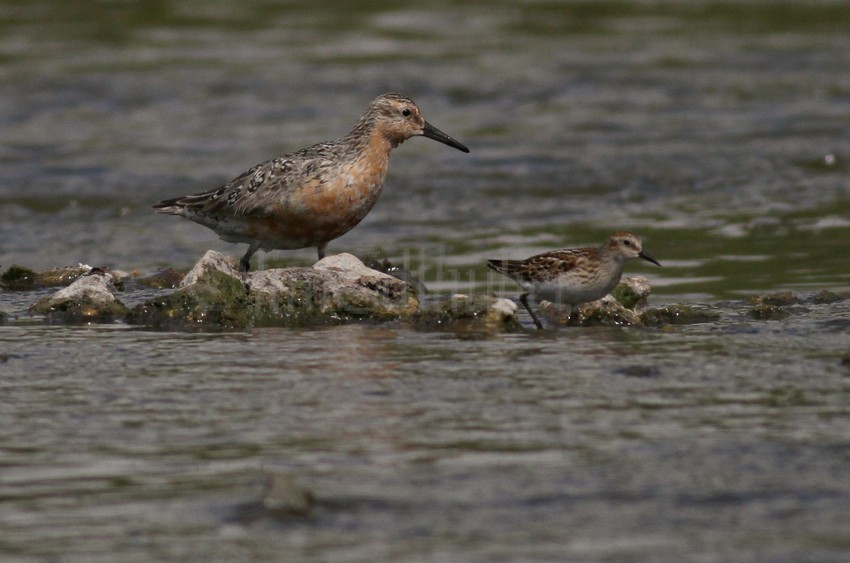
Red Knot with a Semipalmated Sandpiper

Red Knot with a Pectoral Sandpiper
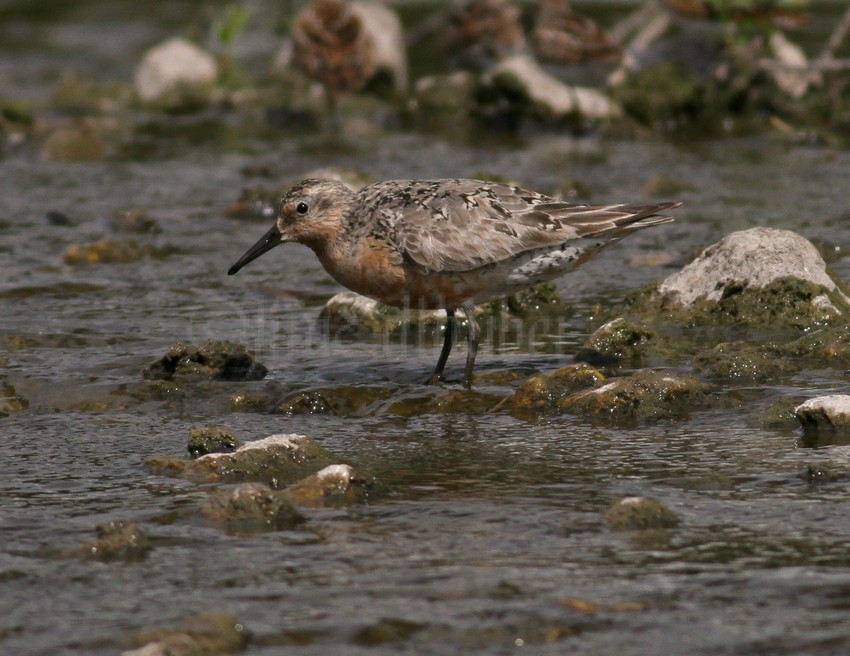
Red Knot
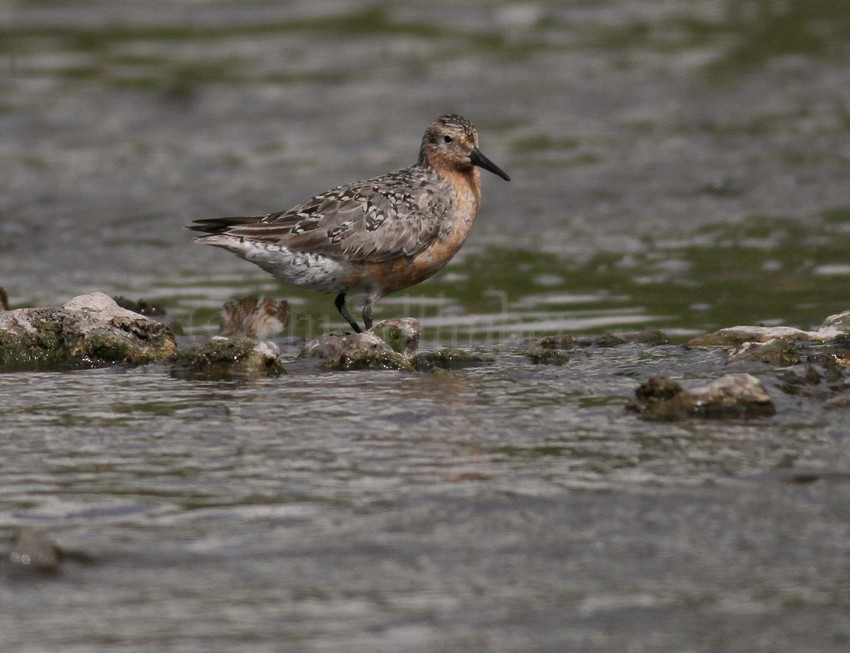
Red Knot

Red Knot with a Lesser Yellowlegs
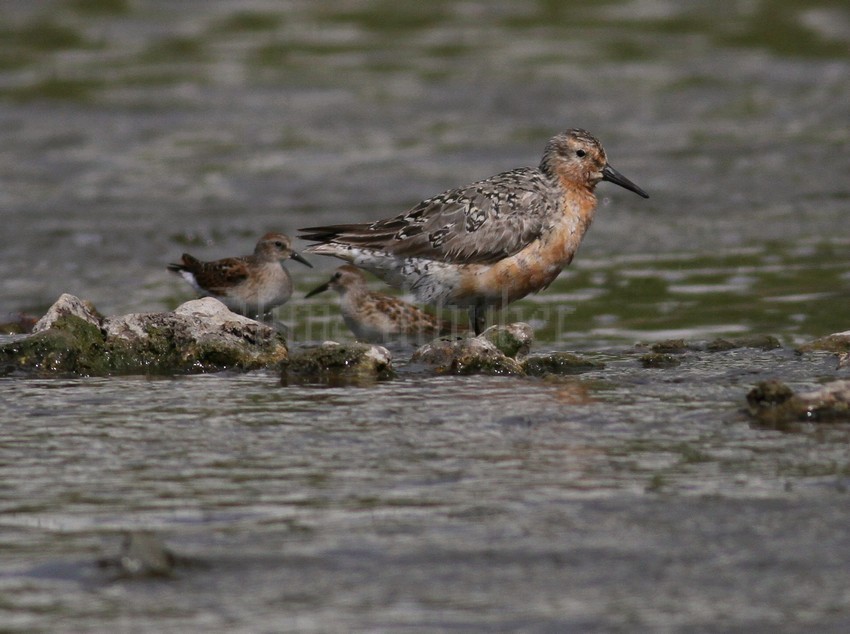
Red Knot with a Least Sandpiper
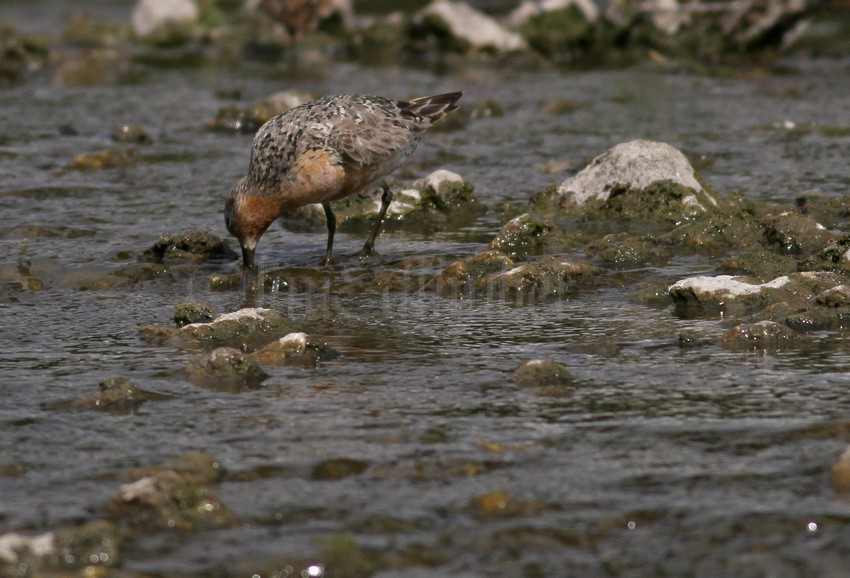
Red Knot feeding

Red Knot feeding
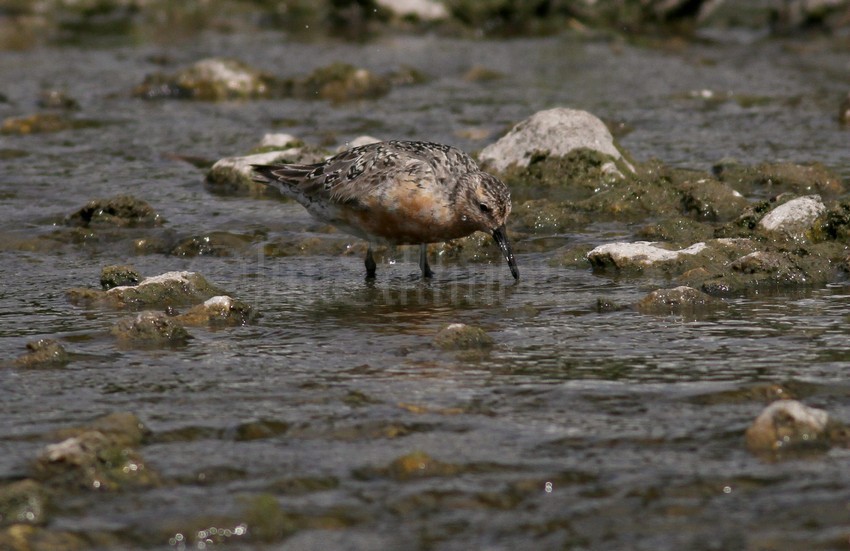
Red Knot feeding
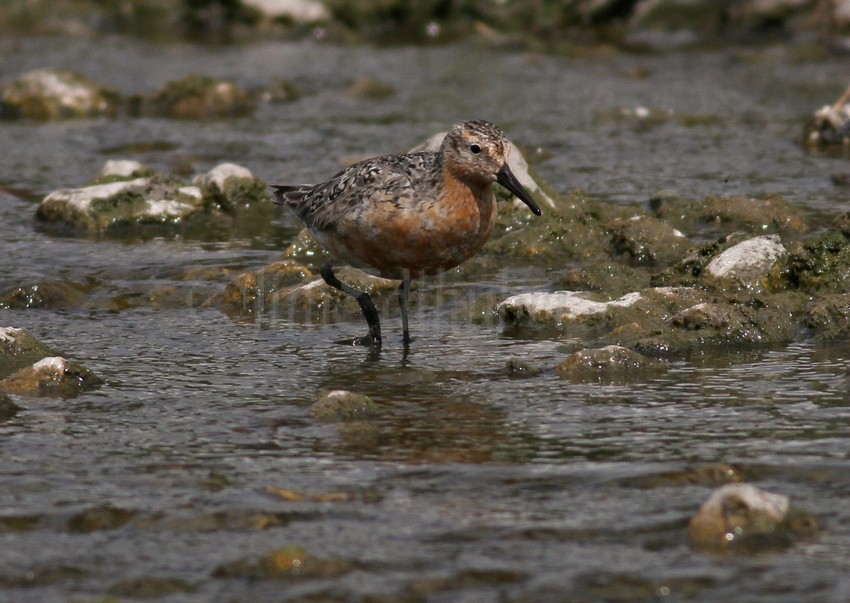
Red Knot

Red Knot
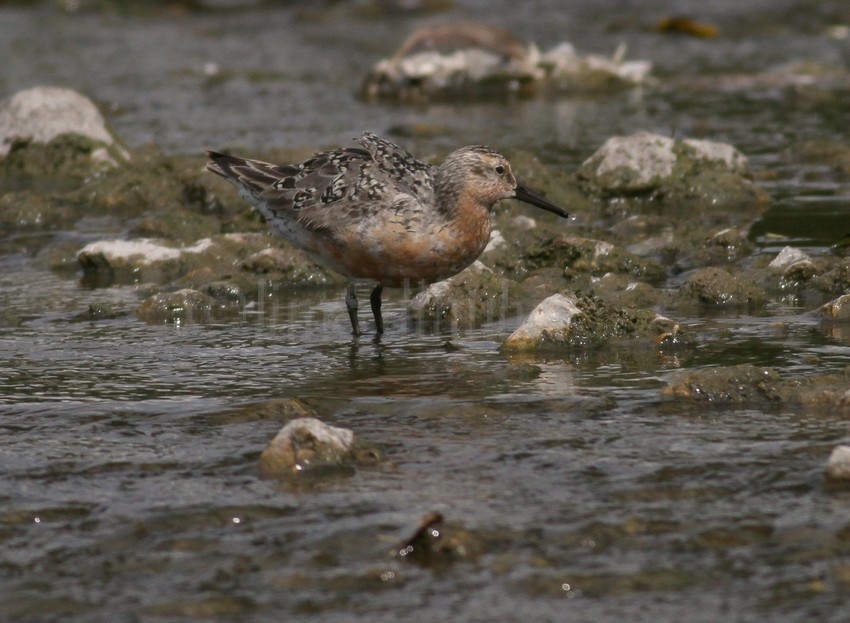
Fluffed up Red Knot

Red Knot feeding



